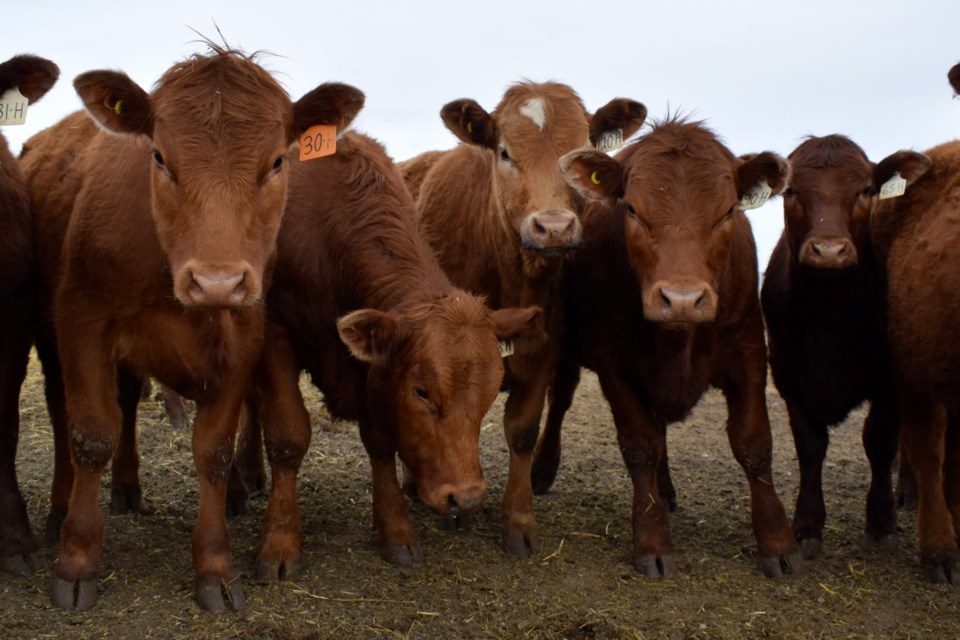The labelling rule to define how the “Product of USA” label can be used is С����Ƶ viewed with suspicion and even alarm north of the border.
Exports are critical to Canada’s livestock industry. Farm Credit Canada figures show that at nearly $5 billion per year, this country is one of the world’s largest exporters of pork, with Manitoba, Quebec and Ontario leading the way in production. The U.S. is a major market, along with China, Japan and Mexico.
Likewise, Canadian beef exports were worth $4.6 billion in 2022, according to Canada Beef. Nearly 85 percent of that production is based on the Prairies, with Alberta contributing 44 percent to the national total. The U.S. buys nearly three quarters of Canada’s beef exports.
U.S. meat imports also flow north under the U.S.-Mexico-Canada Agreement.
While the new U.S. labelling rules are voluntary, such measures can become de facto mandatory. The Canadian Cattle Association is concerned that the new rules could lead to “discrimination against live cattle imports and undermine the beneficial integration of the North American supply chain.”
That said, a closer look at the U.S. regulations shows they may not be unreasonable from the American point of view.
The new rules close a loophole that allowed the “Product of USA” label to be used on products from animals mostly raised elsewhere and only finished, slaughtered and processed in the U.S. Many American livestock producers considered this misleading to consumers.
Canada has regulations similar to those in the new U.S. rules, though not as restrictive. According to the Canadian Food Inspection Agency, “Product of Canada” labels can be applied to meat from animals slaughtered in this country. Feeder cattle must have spent at least 60 days here before slaughter to carry the label.
The National Cattlemen’s Beef Association in the U.S. favours the new rules. Likewise, U.S. agriculture secretary Tom Vilsack’s announcement at the National Farmers Union meeting in Arizona was greeted with cheers.
While the new rules may be challenged before they come into effect in 2026, the Canadian industry might well direct some of its energies toward marketing instead.
“Product of USA” and “Product of Canada” labels are ultimately intended to entice a consumer to pick up one cut of meat over another. Certainly, there are American consumers who look for the U.S. label in the supermarket, just as their counterparts here look for Canadian product. But there are also many consumers who look for other attributes.
Familiar to everyday Canadian shoppers is the long-running campaign to promote Alberta beef, touting its taste, quality and images of majestic rangeland hugging snow-capped mountains. And Canada Beef’s entire mission is to extol the virtues of “premium quality, grain-fed Canadian beef.”
Canadian bacon, while referring to a specific product rather than its national origin, shows that “Canadian” can be a selling point to compete successfully in restaurants and on supermarket shelves.
American consumers may open their wallets to buy Canadian products. It’s up to Canada to develop an effective pitch and make the sale.
Karen Briere, Bruce Dyck, Barb Glen, Michael Robin, Robin Booker and Laura Rance collaborate in the writing of Western Producer editorials.




